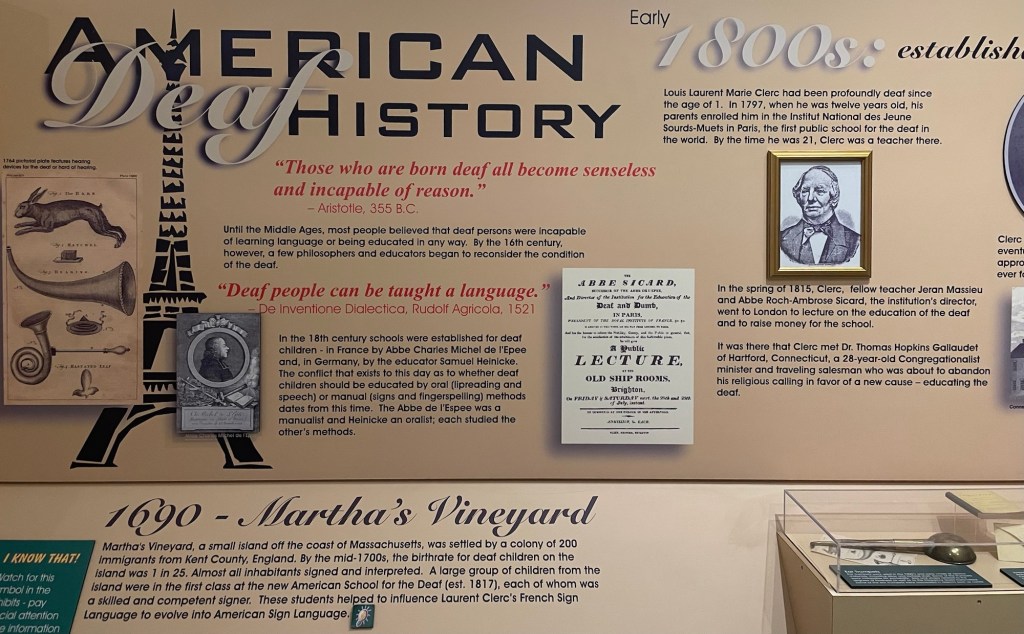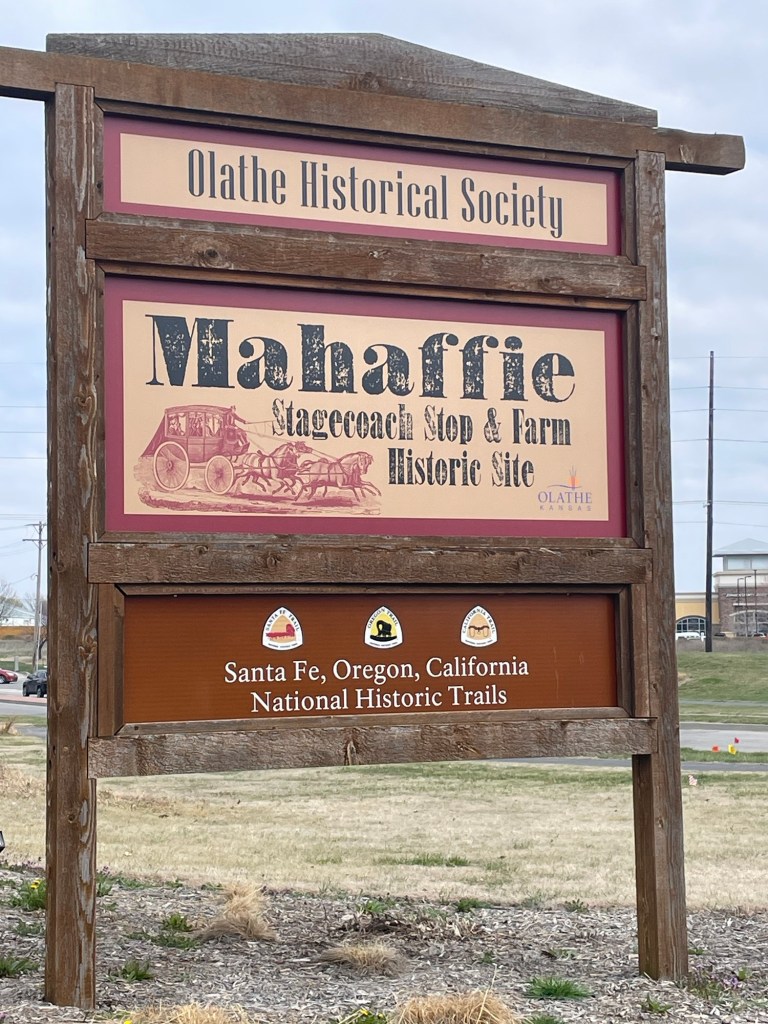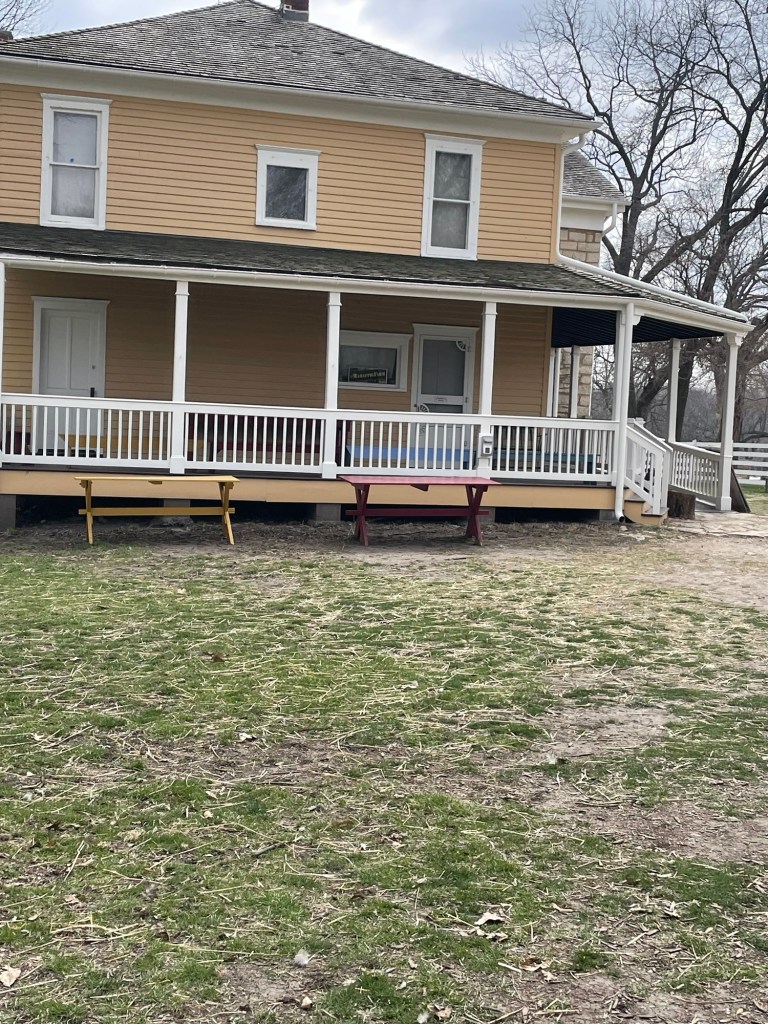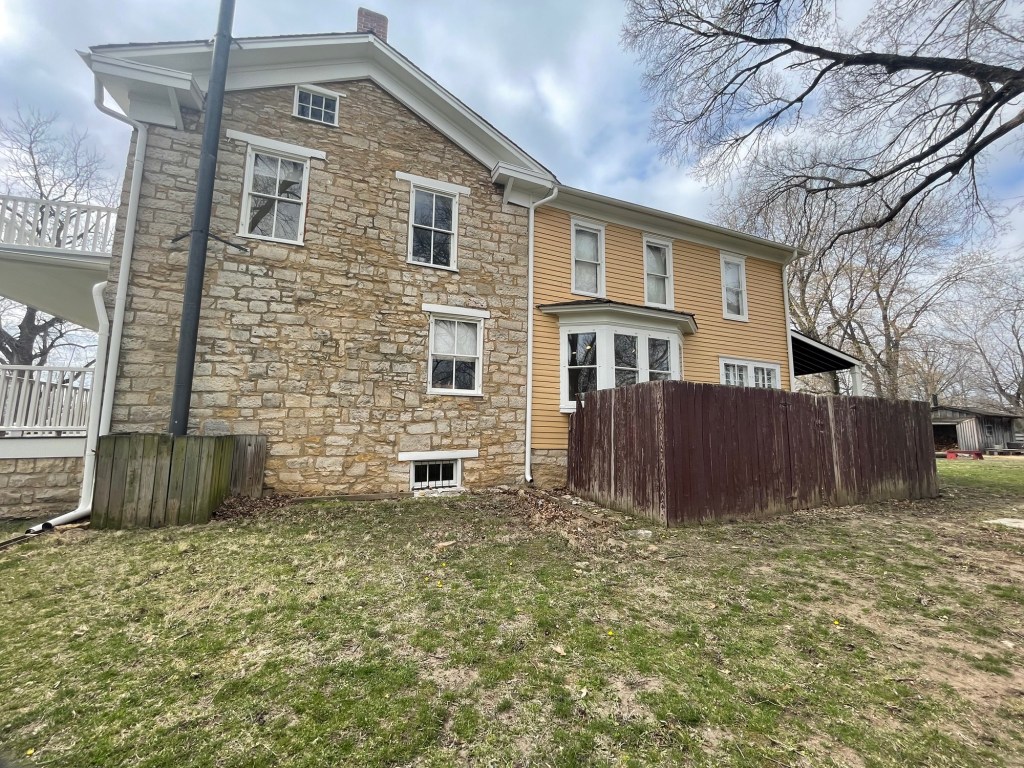With the uptick in anti-Semitic events, with masked college students attacking Jewish students at colleges, with a Hamas murderous pogrom in Israel, I am still amazed when events from the Shoah are revealed in present day. I feel like I am in a time warp. Reading about the events at the UC Berkley campus and at the same time reading an email from a distant cousin telling me about a mass grave found in Poland that contains members of my extended family. Don’t college students learn anything about history?
My newest journey started with a email from a distant cousin concerning the Holocaust and my family. I get unusual requests now and then because I have been the family historian, trying to document all the family who were murdered during the Shoah. A task I realize is virtually impossible with all large number of people in my family who were murdered.
My distant cousin received a letter through JewishGen’s Family Finder. Her great aunt, who I keep in contact with, suggested she send the email to me.
Her email contained a series of emails between two people in Europe that forced my brain back in time to all that my maternal family had suffered so many decades ago during the horrors of the Shoah.
The first was from a retired baker in London who had been contacted by a researcher who wanted information about a family named Brenner who were murdered by the Nazis and whose bones were recently found in a mass grave and in accordance with state law were re-interred in a Catholic cemetery.
His mother was born Kornbluth and her father was born in Mielec, Poland, where many Kornbluth’s were living when the Nazis invaded. They believed the bones were those of a woman whose maiden name was Kornbluth; her married name was Brenner.
My family was from Mielec and its surrounding small towns. I have written about the destruction of the Jewish population in this city and its surrounding in other blogs. Brenner is one of the names in my family. Which made me think that I could have a connection with this grave. Although the last name Kornbluth is familiar, I wasn’t entirely sure of the connection to us. But I kept reading.
The baker then include emails from a representative of the Zapomniane Foundation that deals with locating and commemorating the graves of the Holocaust victims. He found the baker through JewishGen Family Finder.
“I represent the Zapomniane Foundation that deals with locating and commemorating the graves of the Holocaust victims (zapomniane.org or our profile on FB). I’m currently researching the case of the Brenner family murdered in 1942 and buried in a mass grave near Mielec. According to what I have learned so far among the victims probably were Lazar and Sara Brenner. Her maiden name was Kornbluth. Before the war they lived in a village called Hyki (today it is called Sarnow). They were killed together with their children and Sara’s brother. Would you happen to know this story and/or have any information about Sara Brenner nee Kornbluth?
Sincerely
A N”
Then came more information from the Zapomniane Foundation:
“ Here is the story of how I have learned about the Brenner family:
Two years ago I went to Czajkowa (a village near Mielec) to see the location of a place where the Brenner family (seven people) was killed and buried in August 1942.My guide was Robert P. who told me the story of his aunt Anna P. Anna’s real name was Ryfka Amsterdam she was Jewish, converted to catholicism before the war and married Andrzej P, Robert’s relative and became Anna P. The Brenner family were the relatives of Anna/Ryfka: perhaps Ryfka’s sister with husband and children and possibly Ryfka’s (and Sara’s?)brother. There are no names, only the last name of the father of the family i.e Brenner.”
Well now we are getting closer to my family, since Amsterdam is my grandfather’s last name. I know that any one named Amsterdam is definitely somehow related to me. This is the first time ever that I have heard about a family member who converted to Catholicism before the war. But to be honest, if someone left the family to marry outside of the faith, it was probably not discussed.
What the email says next really touched my soul! I could not image how this young man would have felt when he dug up the grave.
“The gravesite of the Brenner family was partially destroyed in 2003 by an excavator. Obviously the grave itself has never been marked, it was just a hole in the ground. As a result the bones from this grave were taken by the police and buried in an anonymous grave in Tuszów Narodowy catholic cemetery. Ironically the guy who worked with the excavator and dug out the bones was the grandson of Ryfka Amsterdam/Anna P. He was interrogated by the police in 2003. Anna/Ryfka had three children, her son born in 1950 is still living in Mielec.”
Next shock! A non-Jewish descendant of Rikva/Anna born just a few years before me, still lives in Mielec. They stayed there even after all her Jewish relatives were murdered. I cannot understand that reality. Could you comfortably walk the streets of a city, see the houses of your relatives, know that they were murdered and that others were living in their homes? Would you ever feel safe?
Not only that, it was Anna’s grandson who accidentally dug up the grave of people who might be his great aunt and uncle and their children, his cousins. I could almost see this as a movie. Could this truly be happening? But yes, it was and it is. So now he has not only dug up a grave 80 years after they were buried, but it is his family buried there. I really have no words.
The researcher continued:
“I found the information about Chaim Brenner via the Holocaust Survivor Program. Thus I knew the names of his parents and their fate that fits the story I know from the Polish archives:
Czajkowa
Aug. 15, 1942
Captured and shot by German police, beginning w/ oldest family member; gendarme Franiszek Wojtas identified as likely shooter; family did not report to ghetto and remained in hiding for approx. 3 mos.; hid in forest and empty home of Kamuda; group consisted of two families; relatives of prewar converts to Christianity, Amsterdams, who survived war in same village
So my big questions are who was buried in the grave destroyed by the excavator 20 years ago and how can we commemorate them.”
The retired baker then tells my cousin that he contacted her because she has a Nathan Amsterdam in her family tree who told Yad VaShem about the death of a niece with the maiden name of Kornbluth. Could she help? Which is how I became part of this Nazi murder/grave mystery.
I knew I really could not help, but I felt like I had to say something I emailed both the baker and the Zapomniane Foundation. Here is a shortened version of the email I sent.
Your question about the grave and the Brenner/Amsterdam/Kornbluth murders, was sent to me as I have become an Amsterdam family researcher for a while now.
She knew I would be interested in this question.
Unfortunately, I do not know who was buried in the unmarked grave. Not much help I know. But I can tell you that there are many named Nathan Amsterdam in our family. My cousin’s great grandfather and my grandfather were both were named Nathan Amsterdam and they were cousins who were born in Austria/Poland in the Mielec area.
The family in Meilec and the surrounding area had four main family names: Amsterdam, Feuer, Brenner and Hollander. The family is Cohanim. Hence the names Feuer/ FIre and Brenner/ Burner. The other names came because the family did go from Spain to Portugal to Amsterdam and then a group moved to Austria/Poland. There was much intermarriage between people with these four surnames.
Almost the entire family who remained in Europe died during the Shoah. Mielec was one of the first areas that the Nazis made judenfrei. Only a few cousins survived. They are all gone now. One moved to the USA, two went to England and two moved to Israel.
Here is the info on the family that survived and moved to England. Perhaps you might find a descendant. I met them in the early 1960s when they came to the USA to visit the family here.
Zacheriah and Elka had seven children. Only three survived the Shoah. Gimple Feuer married and moved to England. They had four children. (I then named the four children who they might be able to reach. I am not publishing their names here as they might still be alive.)
Lazar Feuer also lived in England after the war, I never met him. He had three children: (I named these three as well.)
I am sorry I cannot tell you or the researcher there who exactly is buried in that grave. But I can tell you that several hundred members of the family were murdered in the Shoah in many different places and methods. But as the names were Brenner and Amsterdam, I can tell you that they are my distant relatives and that the men were probably Cohanim.”
Because I think finding a way to commemoriate these people is important, I am posting this on Tracing the Tribe Facebook page to see if anyone else has a connection that could help.
Tags: Amsterdam family, genealogy, history, Holocaust, Mielec, Tracing the Tribe, yad-vashem, Zapomniane Foundation












